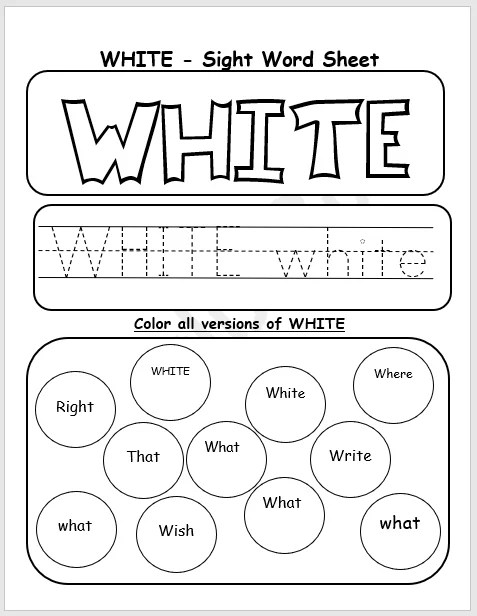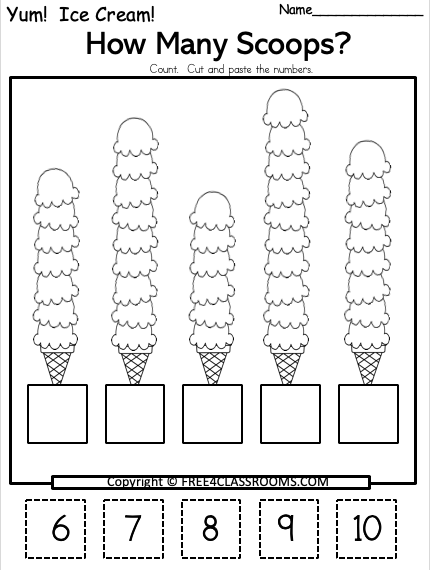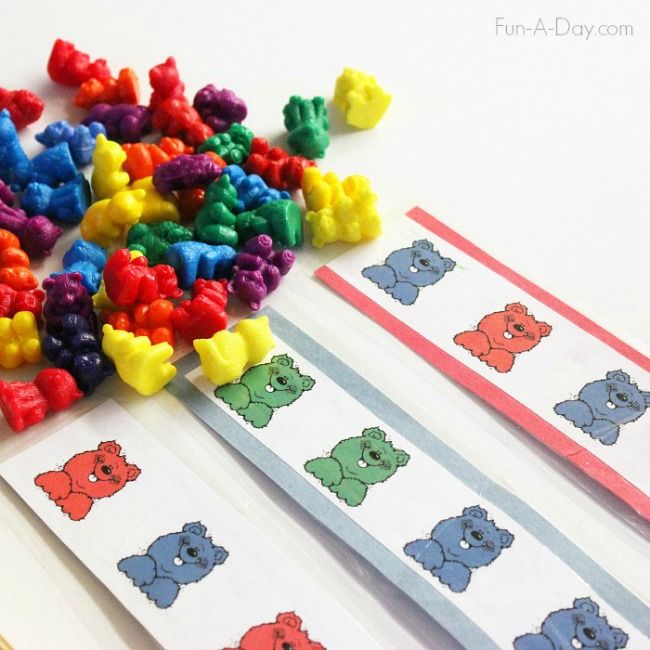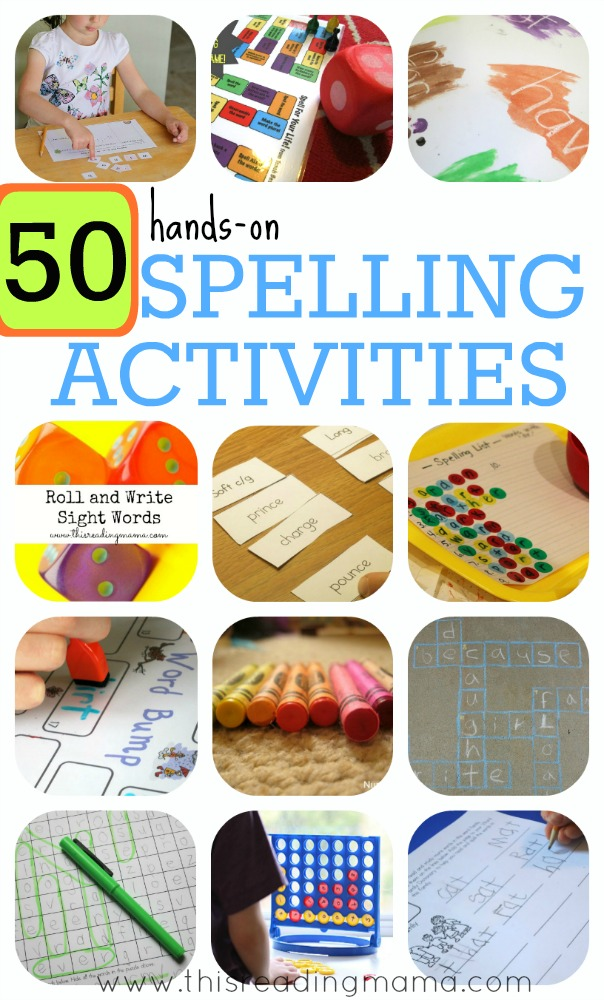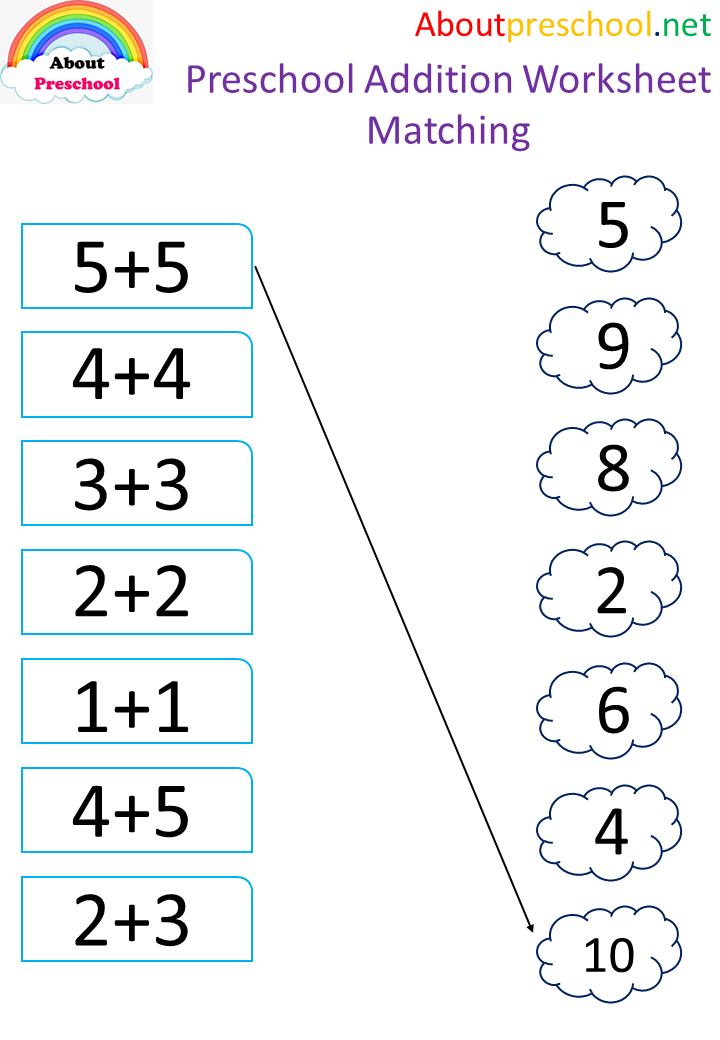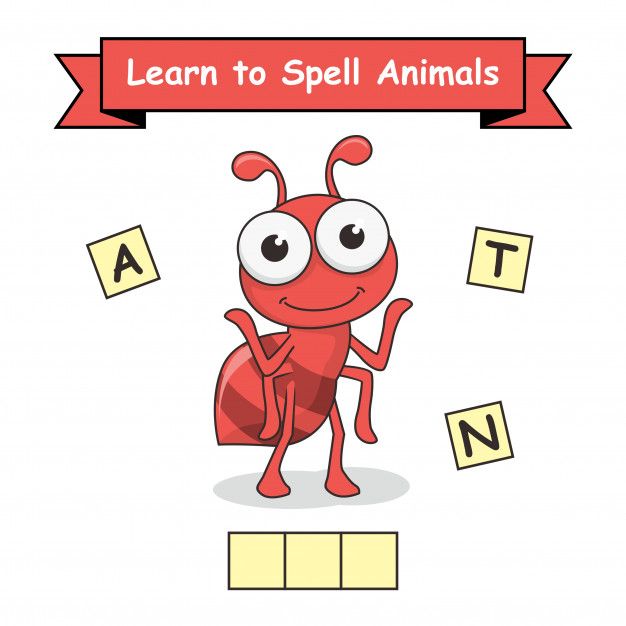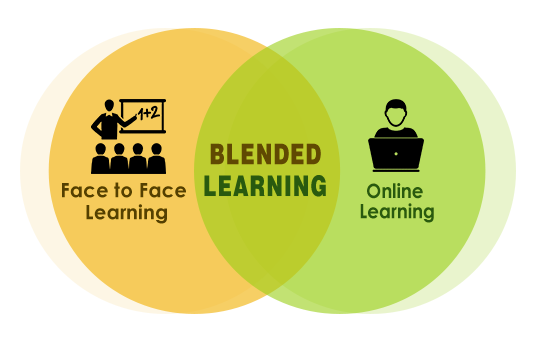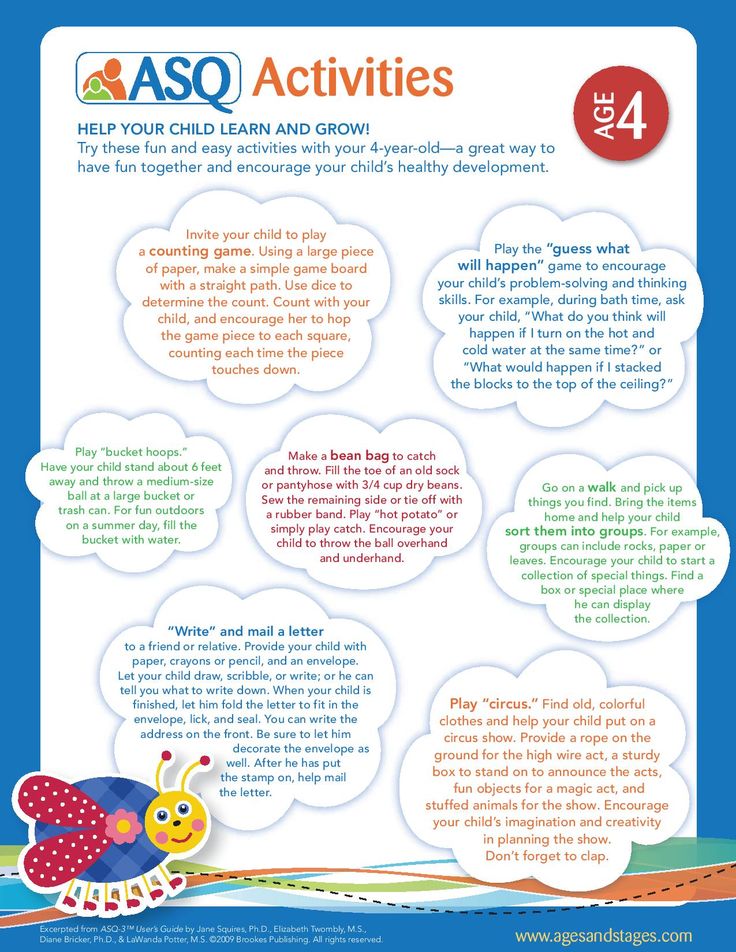Top 10 sight words
Top 100 Sight Words and How to Teach Them
Sight words is a common term in reading that has a variety of meanings. When it is applied to early reading instruction, it typically refers to the set of about 100 words that keeps reappearing on almost any page of text. “Who, the, he, were, does, their, me, be” are a few examples.
In addition to their being very frequent, many of these words cannot be “sounded out.” Children are expected to learn them by sight (that is, by looking at them and recognizing them, without any attempt to sound them out.)
Unfortunately, this means minimal teaching. Often, little is done other than to show the word and tell the child what it is “saying.” For many children, this is not enough, with the result that their reading of these critical words is laden with error.
What does this mean for parents who are helping their children master reading? Basically it means spending some time in truly teaching these words so that your child gains real mastery of them. The key to achieving this goal is accurate writing (spelling)—via memory. That is, the child writes the word when the model is not in view.
You can do this by creating simple sentences that the child reads. (By using sentences, you will automatically be using many “sight words.” In addition, you will be giving your child the opportunity to deal with words in context—a key to meaningful reading) After showing the sentence and having your child read it, turn it over and then dictate the sentence. If there is an error, you immediately stop your child and take away the paper. Then you show the model again and repeat the process. In other words, the writing of the sentence has to be fully accurate, starting with the first word.
If you want a list of those words to help guide your efforts, here is the top 100 according to the American Heritage Word Frequency Book by John B. Carroll.
A: a, an, at, are, as, at, and, all, about, after
B: be, by, but, been
C: can, could, called
D: did, down, do
E: each
F: from, first, find, for
H: he, his, had, how, has, her, have, him
I: in, I, if, into, is, it, its
J: just
K: know
L: like, long, little
M: my, made, may, make, more, many, most,
N: not, no, now
O: or, one, of, out, other, over, only, on
P: people
S: said, she, some, so, see
T: the, to, they, this, there, them, then, these, two, time, than, that, their
U: up, use
V: very
W: was, with, what, were, when, we, which, will, would, words, where, water, who, way
Y: you, your
Click here to download our Recommended Top 100 Sight Words.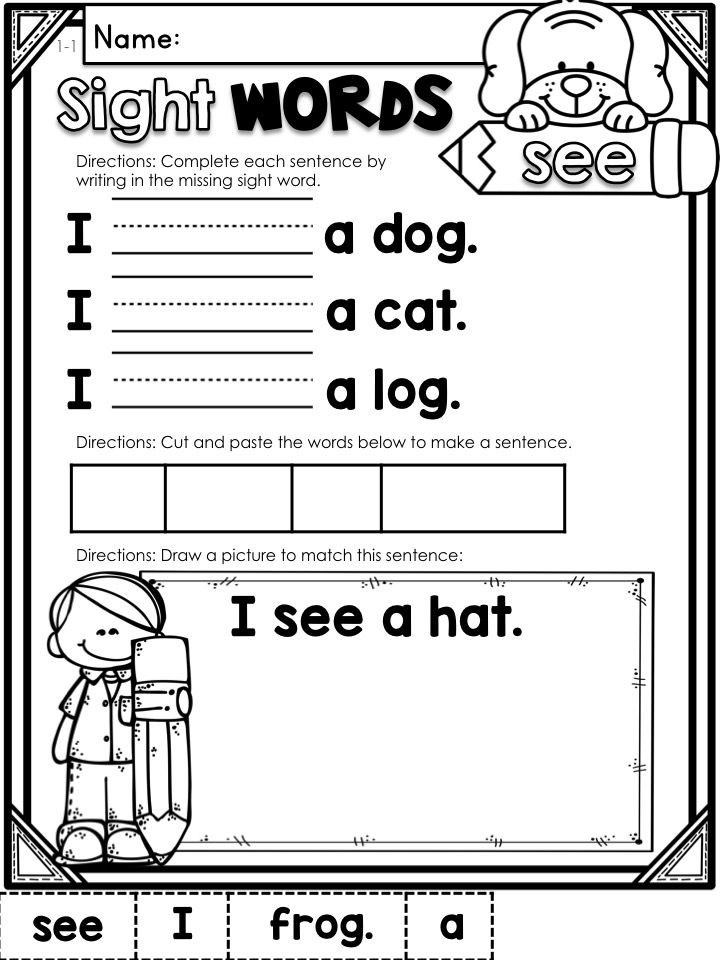
Literacy and reading expert, Dr. Marion Blank
Dr. Marion Blank is answering your questions about reading and learning. If you have a question for Dr. Marion, visit the Reading Kingdom Facebook Page and let us know how we can help.
If you think the Reading Kingdom program can help your children learn to read, enjoy a free, 30-day trial here.
Top 25 Sight Words Young Readers Need to Know!
Join our FREE Kids Book of the Month Club!
You'll get free monthly books PLUS a 2 week trial of our fun reading program!
Password
Confirm Password
What are Sight Words?
Sight words, or high frequency words, are the most common words in the English language. They are very common words which can’t be sounded out according to the normal rules, so they need to be learned by sight.
Children are encouraged to learn sight words by memory to make reading quicker and easier.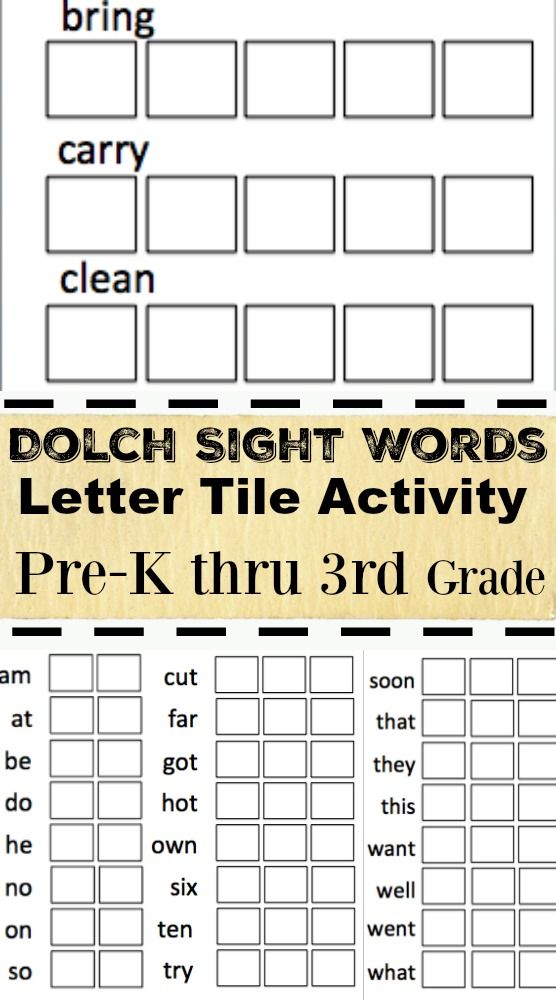 Amazingly, sight words can make up to 50-70% of the words used in general text!
Amazingly, sight words can make up to 50-70% of the words used in general text!
Why does your child need to know Sight Words for Kindergarten?
Having a lot of sight words memorised can help children gain confidence with reading and spend less time on decoding (figuring out the letter sounds).
If a child can read almost a whole book just based on kindergarten sight words, they’ll be able to spend more time learning the words they don’t know yet! Learning sight words is the easiest and most efficient way to start learning to read. Try out these kindergarten words with your early-learner today!
Watch the Sight Words Video!
Our Top 25 Sight Word List for Kindergartners
Our kindergarten sight word list introduces the Top 25 sight words for kindergartners, which you can also see in our fun video above!
Later, we’ll add a high frequency words list for Grade 1 and Grade 2.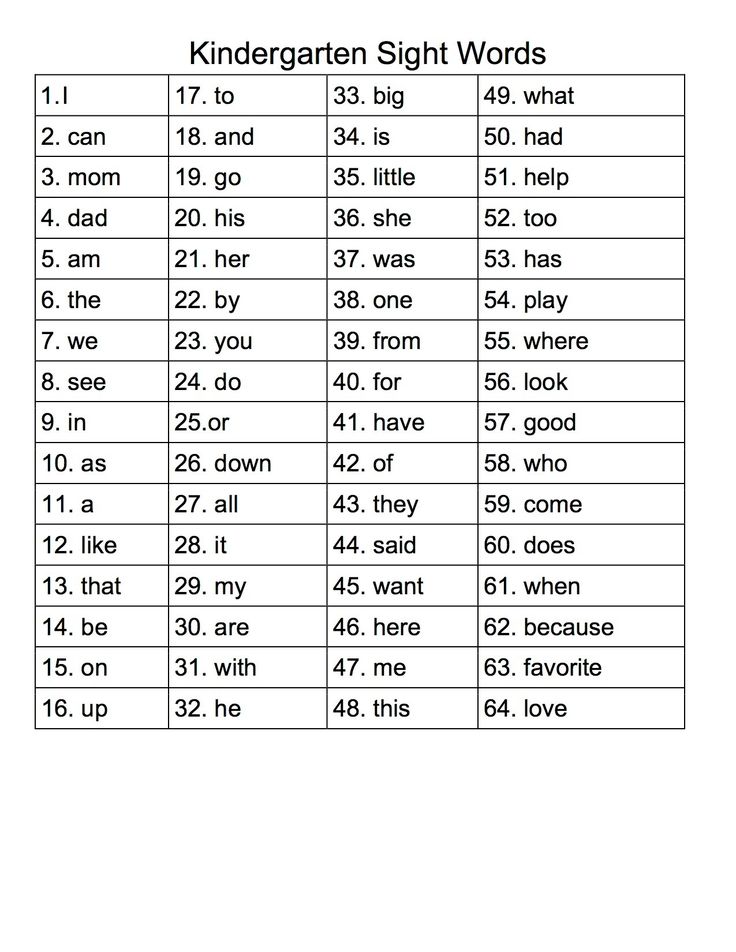
the
of
and
a
to
in
is
you
that
it
for
was
on
are
not
but
what
all
we
there
can
an
your
their
do
Sight Words Flashcards
Looking for kindergarten sight words flashcards? You’ve come to the right place! Our free printable flashcards are very popular with kids, parents and teachers.
Teachers:
- Print in full color
- Cut out each card
- Give one card to each student to colour in the outlined images
- Practice! Kids will love learning even more when they see you’re using the flashcards that they’ve colored 🙂
Parents:
- Print flashcards on your laser printer at home
- Cut out each card
- Give the cards to your child to color in over a few days.
- Practice these sight words at least 2-3 times per week!
- For extended practice, try to make some sight words sentences together.
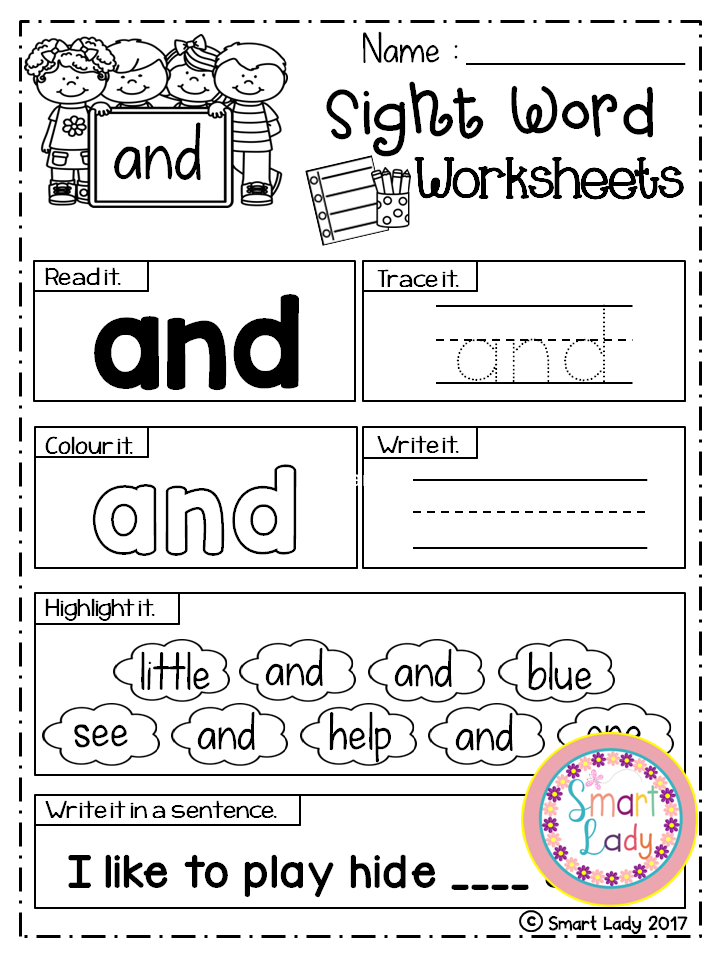
Download Worksheet
Sight Word Games
Kindergarten sight word games
- Sight Words Bingo:
- Create a sheet of sight words 25×25 squares
- Give kids pens or small markers
- Read aloud the sight words one at a time
- Kids should cross out the word when they hear it
- To win, kids need to make a horizontal, vertical or diagonal line of 5 words and read aloud the 5 words for more practice!
- Sight Words word search:
- Create a word search using an online generator
- Add 20+ sight words into the generator
- Children need to find each sight word (vertical, horizontal or diagonal) and circle them
- Repeat until all the words have been found
- For more practice, help children to make short sentences using the words
- Sight Words Beanbag Toss:
- Create 30+ separate sight words on some cards (use our flashcards above or write your own)
- Spread them out on the ground
- The child should toss the beanbag onto one of the words and then read the word aloud!
- Sight Words Memory:
- Write 10 word pairs onto 20 pieces of card or paper
- Shuffle the cards and place them face down on a table
- The child should turn over one of the cards, read it out loud and keep it face up
- Then the child should pick up a second card and read it out loud.
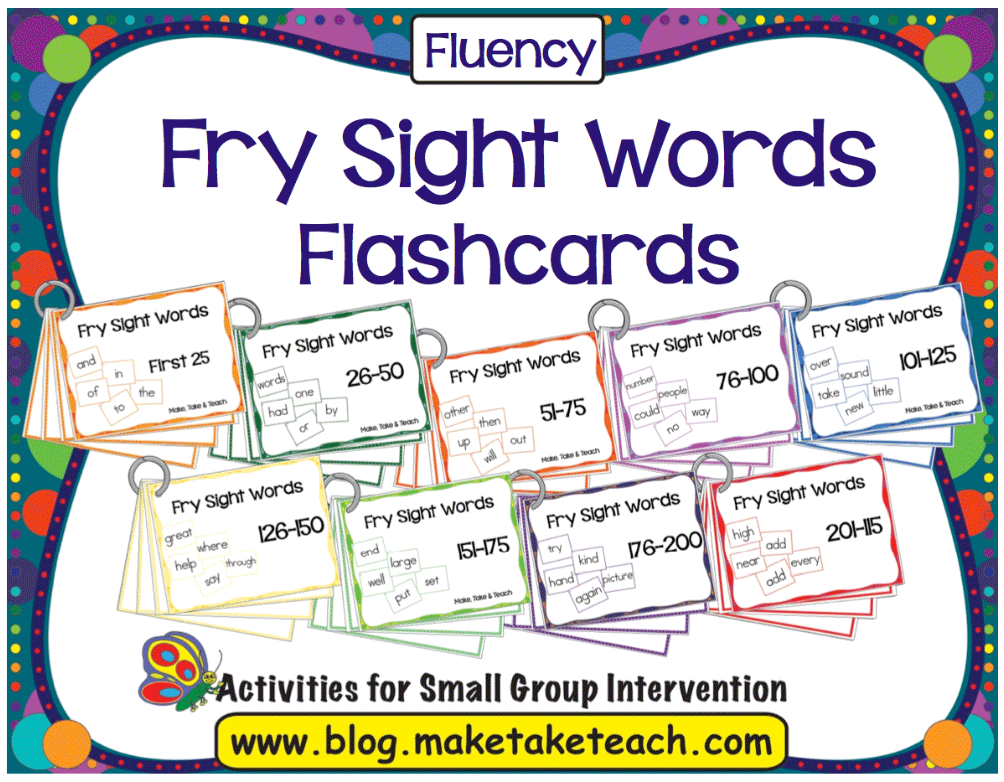 Do they match?
Do they match? - If they match, keep the cards face up. If they don’t match, turn the cards over again. Repeat from step 1
- Keep repeating the steps until all 10 pairs have been matched!
How should children learn Sight Words?
Sight words need to be memorised when children are young (3-6 years) to give them the best head start with reading. Early-learners should learn sight words before they actually learn to read so they’ll save time and have more confidence with reading.
Start with our sight words list and kindergarten sight words printables above, then go on to learn more sight words with the resources here.
Here are some sight word activities for kindergarten! Try these at home or in the classroom:
- Use our sight words video to help your kids sound out these common words. They can listen and repeat each word as a class or one-by-one.
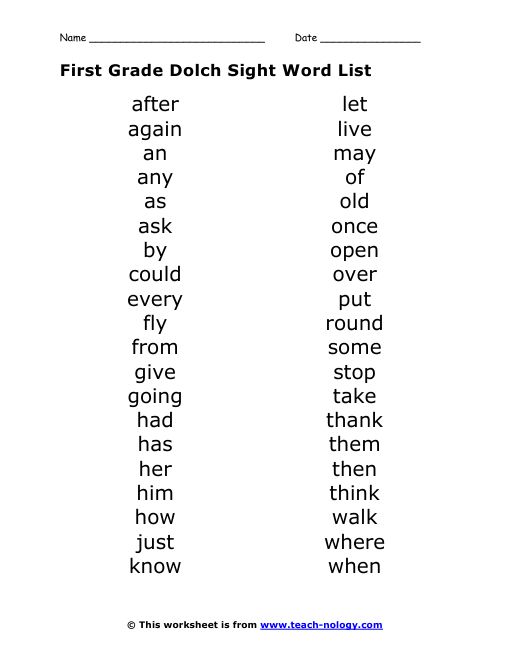
- Use printed flashcards to help with sight words drills in class or at home. You can help kids to make their own sight word sentences!
- Read with your child and point out or underline all the sight words in the book. Read the book again and see if your child recognises the words more easily this time.
- Use the flashcards to mix and match the words, and help children create full sentences
- Online games: find games which use a mix of audio, imagery and action to keep children motivated and curious to learn more.
- Images and gestures: for some children, the best way to learn sight words is to match them with pictures and gestures. This can be difficult for some of the more abstract words, but you can be creative with this.
Sight Words Workbook
Do you love teaching kids using free sight word worksheets? Then download our collection of worksheets in our Sight Words Workbook.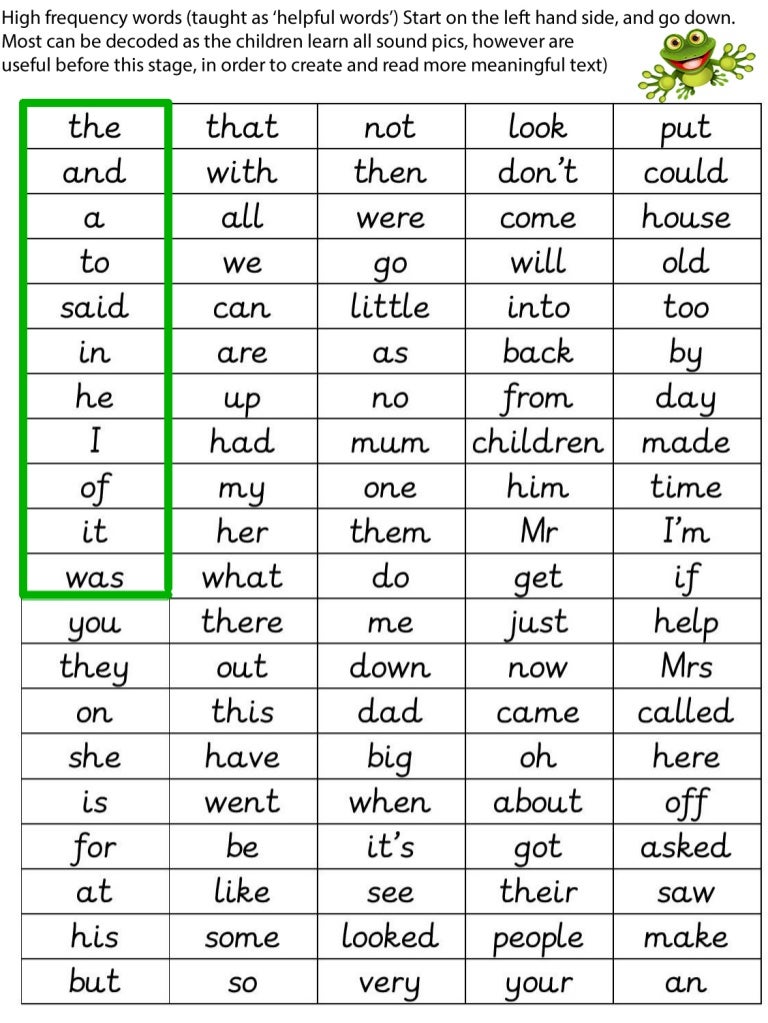 You’ll find all the kindergarten high-frequency words that we use in our sight words video above!
You’ll find all the kindergarten high-frequency words that we use in our sight words video above!
Kids can practice writing the letters of the alphabet and go onto tracing and writing sentences. When they’re done they can even color in the images!
Parents: use these as some fun writing and sight word practice after school.
Teachers: assign these as homework or use as an in-class activity that can be expanded on.
Download Worksheet
Red Cat Reading Makes Learning Sight Words Fun & Exciting for Your Child!
I started Red Cat Reading to help overworked and overstressed parents prepare their children for school success.
For children just starting to learn how to read, our Phonics Program is just what they need. Our phonics books introduce sight words and dolch words (common words) gradually, page-by-page, book-by-book.
Your child can easily follow the gradual introductions of sight words and understand the context with bright illustrations, read-aloud text and catchy songs.
For example, all our Level 1 books only use the simplest sight words (the, and, a, in, it) so kids can get comfortable with these words before moving on to the next level.
Your child will have FUN learning sight words with our interactive phonics books, videos and songs! Each book comes with read-aloud audio and a video, so your child can reinforce their knowledge.
Access on any device, anytime! You can even download all our books and videos to read and watch offline.
Sample Our Interactive Phonics Book
Now that your kids have a lot of sight word practice under their belt, you can move on to phonics! Unlike sight words, phonics is the system of breaking down words into separate sounds to make them easier to sound out.
This can be daunting to start with, but we make it easy and fun for kids with our friendly characters, read aloud phonics books, read along phonics videos and creative worksheets!
Sample one of our Level 1 phonics books below:
The Four Steps to Learning Sight Words and Phonics
Your child will learn to read FAST with our 4-step method.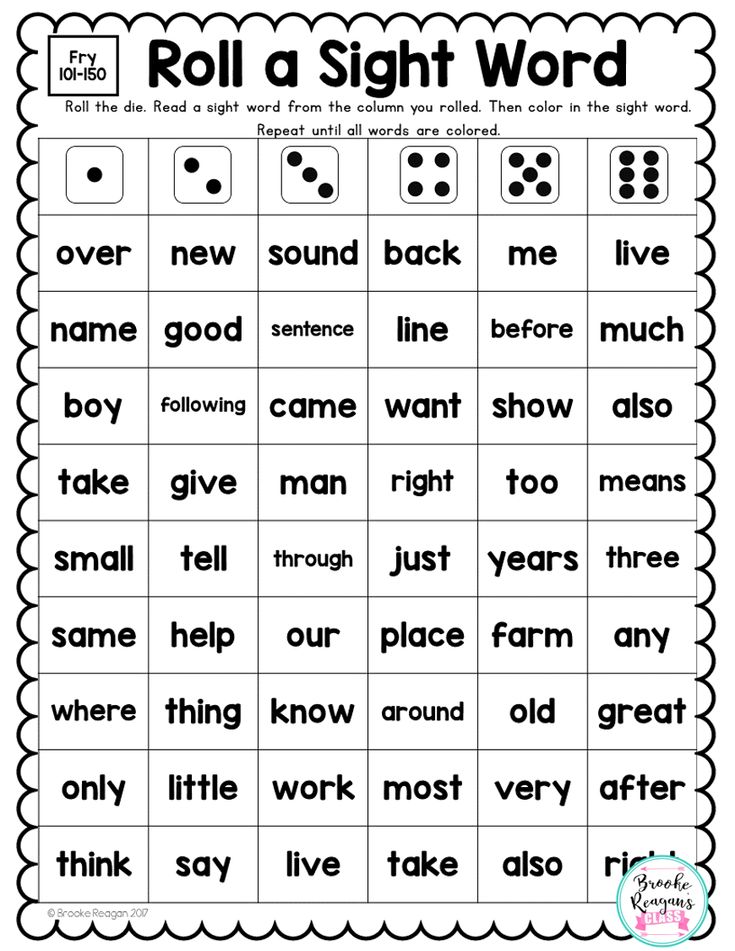 You already know that phonics is a proven method that brings letters and sounds together.
You already know that phonics is a proven method that brings letters and sounds together.
While learning phonics your child will also learn ALL the sight words they need, in 4 simple steps.
- Watch
Watch phonics videos to hear the sounds and see the letters! - Read
Read the Free eBook to review the words and sounds! - Practice
Speak out loud with the fast and easy practice pages! - Sing-along
Sing-along with catchy songs and master all the phonic sounds!
Recommended Free Books
Download our most popular books, FREE!
Kids will memorize sight words and learn the sounds of the English alphabet with our funny, read-aloud stories.
Published a list of the 10 most frequently used words in the world
Global Language Monitor
Linguistic portal Global Language Monitor published a list of the ten most commonly used words in the world in 2005 for the English language, reports Washington Profile .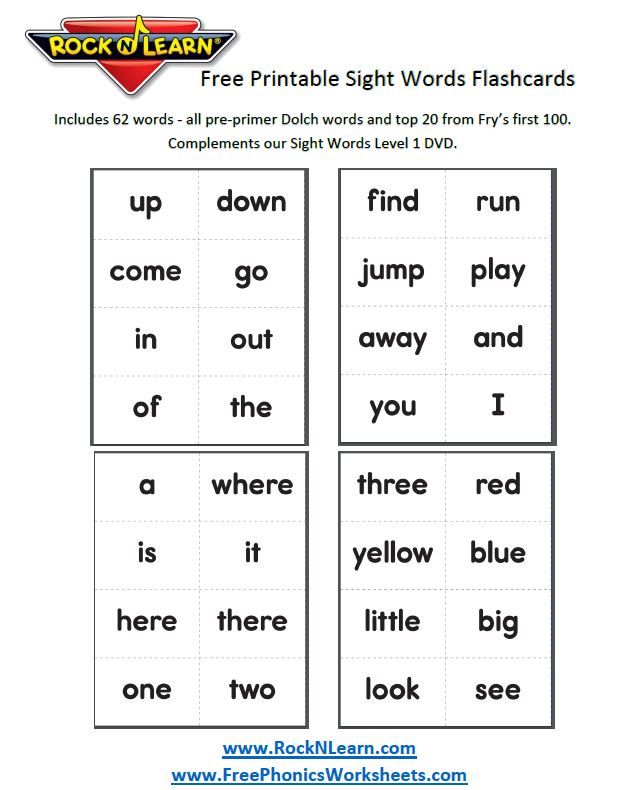
The top ten includes the words:
refugee - refugee,
tsunami - tsunami (before the catastrophe that befell the countries of Southeast Asia, this word was used extremely rarely),
Pope - Pope, reason for popularity - the death of John Paul II and the election of a new Pontifex Maximus,
chinglish - English, a combination of English and Chinese (previously another name was used "Pidgin English"),
H5N1 - the name of a strain of the bird flu virus that is dangerous to humans,
recaille - rakalya, (in French "scum", in Spanish - "impudent", in Italian - "scum", the epithet was often used to characterize the emigrant youth who staged pogroms in France),
Katrina - hurricane Katrina,
wiki - wiki - from English - short message service, in 2005, the owners of cell phones sent each other more than 1 trillion text messages)
insurgent - rebel, militant, rebel
The Global Language Monitor also published a list of the most popular words used by English-speaking youth in the world:
Crunk - direction of the hip-hop musical style, also means "cheerful" or "excited"
Mad - slang for "a lot" ,
S'up - comes from the English phrase "what is up" or "how are you?".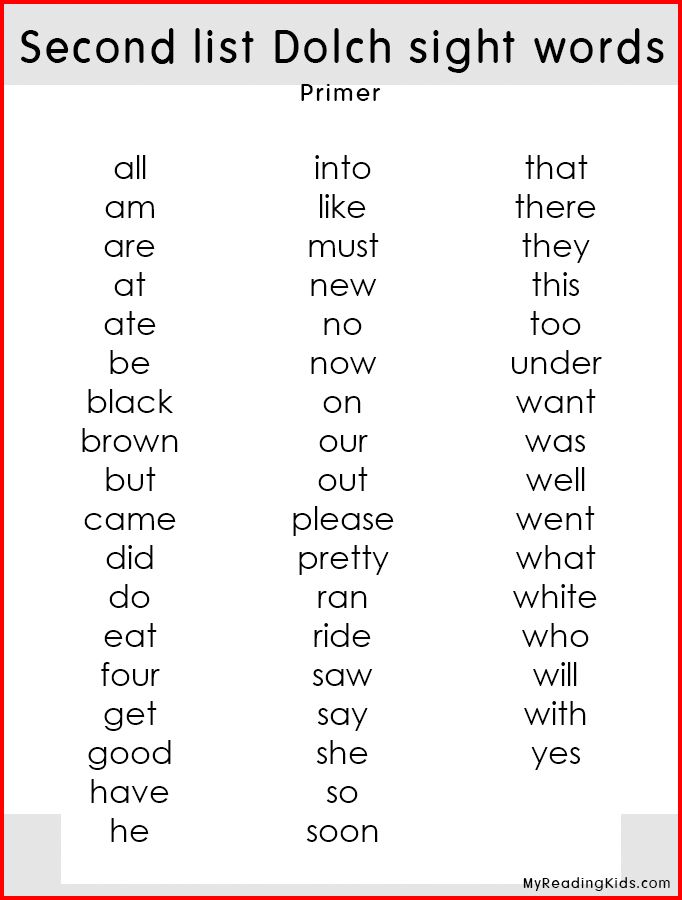
Global Language Monitor estimates that there are 6912 living languages in the world today. There are 989,614 words in the English language, however, the lexicon of the average American is about 14 thousand words. William Shakespeare used about 24 thousand words, and he introduced over 1.7 thousand words into literary circulation.
In turn, the Internet World Stats agency published the ten most popular languages found on the Internet. It includes: English (used by 29.7% of worldwide web users), Chinese (13.3%), Japanese (7.9%), Spanish (7.5%), German (5.4%), French (4.6%), Portuguese ( 3.1%), Korean (3.1%), Italian (2.7%) and Russian (2.2%).
In total, more than 143.6 million people use the Russian-language Internet. From 2000 to 2006, the Russian-language Internet grew by 664.5% and now occupies a leading position in terms of growth rates. For comparison, "English-speaking Internet" for the same period grew by 135.2%, "Portuguese" - by 349.6%.
Top 10 most used words in the world
Would you like to know which definitions are currently the most popular around the world? Here are the top 10 most common words that pop out of the tongues of millions of people around the planet every day.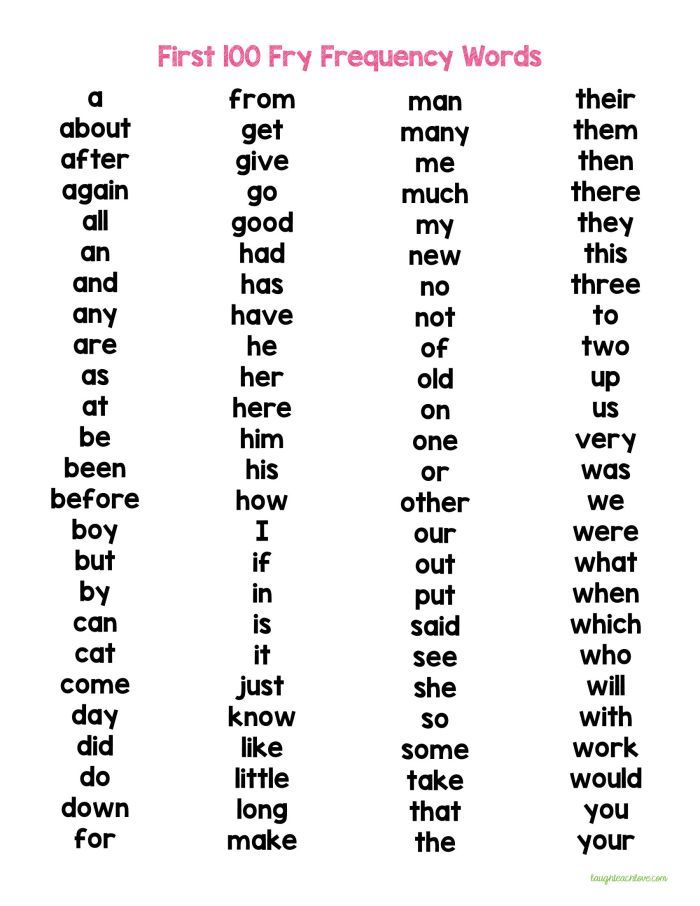
Hashtag
With the rise of social media such as Instagram, the "#" has become more common than the usual punctuation marks. The hashtag helps to link to words and sentences, thereby increasing the popularity of groups and public pages. Since 2015, the word has entered the basis of the modern lexicon and has become an important part of the communication of young people who constantly publish pictures on social networks.
ISIS
The abbreviation for "Islamic State" has become popular among the masses thanks to the media. The endless news feeds in newspapers, TV reports and viral publications on the networks aroused everyone's interest, and many even developed a panic. Perhaps only the lazy one does not know the terrible events taking place in ISIS.
Ebola
Despite the fact that the hype associated with the outbreak of a terrible virus among Africans has subsided, the burning word continues to be popular.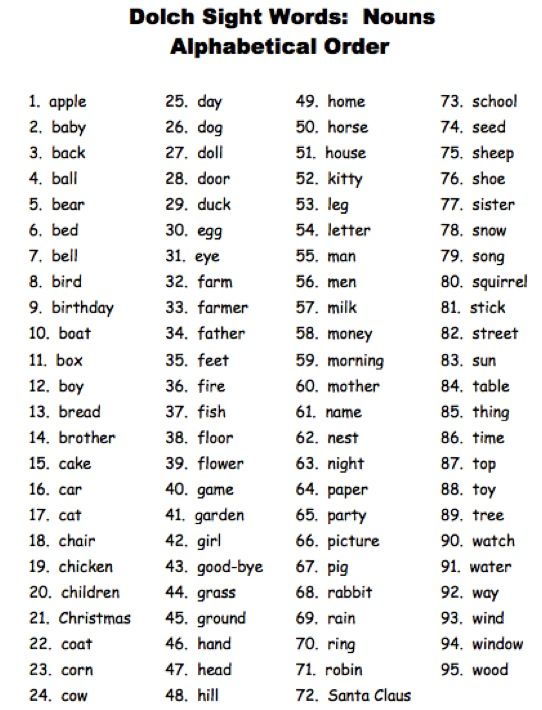 Thanks to the general panic that was inspired not so long ago - Ebola was talked about at every step. Now the name of the virus is as widely known as the flu. However, Ebola beats the classic seasonal disease in terms of the breadth of discussion.
Thanks to the general panic that was inspired not so long ago - Ebola was talked about at every step. Now the name of the virus is as widely known as the flu. However, Ebola beats the classic seasonal disease in terms of the breadth of discussion.
Meme
Ironically, we're back to social media again. Modern youth is attached to gadgets and computers, so the Internet lexicon is spreading more and more around the world every day. Another brainchild of network users is called "meme". Under this definition, any word or image can be considered that can convey relevant information in a humorous or sarcastic form.
Converse
This word is unlikely to be found in the dictionary. Why? The answer is simple: it does not exist in literary speech. "Converse" appeared as a colloquial name for shoes manufactured by the Converse company. At first, the word was used exclusively to describe a sneaker produced by an American company. Now the situation has become more free.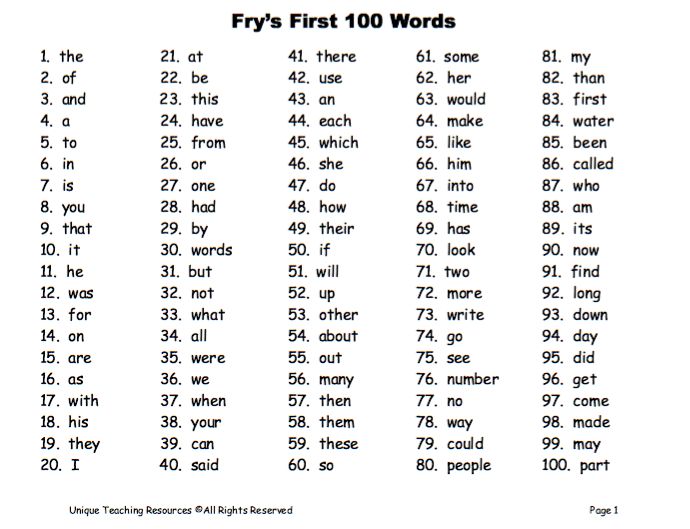 Now "converse" is called any shoes that look like Converse sneakers.
Now "converse" is called any shoes that look like Converse sneakers.
"Mistral"
Ten years ago, the word "mistral" meant a strong wind blowing over one of the coasts of France. The news, as always, did its job, and a new definition came into use. For some time now, "Mistral" has been perceived as the name of a warship. If the delivery of ships from France to Russia took place, there would be no excitement. But the situation was not too rosy, and the whole world learned about the conflict. The issue of supplying ships is being discussed not only in the countries of the post-Soviet space
Advertising
and Europe, but also in the USA.
Sanctions
I don't want to delve into politics and jurisprudence, because the definition of "sanctions" can mean completely different actions. Nevertheless, even not very legally savvy people are familiar with the popular word.
Annexation
It is easy to guess why the whole world is talking about annexation today.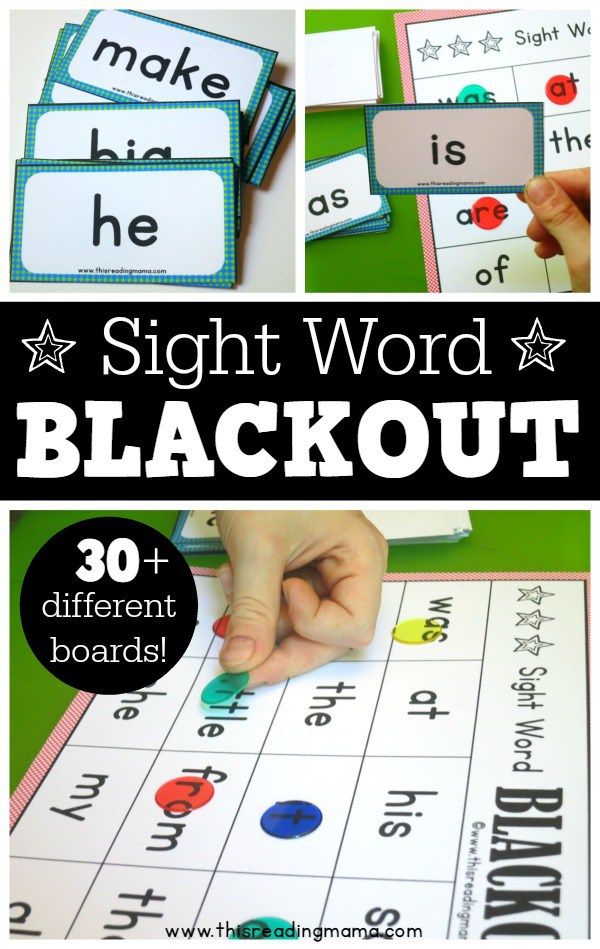 In connection with the annexation of Crimea to Russia, newspaper headlines turned into scandalous inscriptions, and people got another reason for indignation or stormy exclamations. There are many opinions about what happened, and the version about the annexation is one of them. Now a loud term sounds in the lexicon of society more often than "hello".
In connection with the annexation of Crimea to Russia, newspaper headlines turned into scandalous inscriptions, and people got another reason for indignation or stormy exclamations. There are many opinions about what happened, and the version about the annexation is one of them. Now a loud term sounds in the lexicon of society more often than "hello".
Lustration
Politics does not cease to interest the inhabitants of the planet, even if they do not understand it at all. The world has been talking especially loudly about the situation in Ukraine lately. Lustration can be described as a reduction and optimization of the political apparatus, which, in fact, has been happening in recent years in the country. The world is wary of watching what is happening and enthusiastically discussing each news alert.
Twerking
The final position in our top is occupied by a passionate and very frank dance. Twerking is the name of this style of performance.